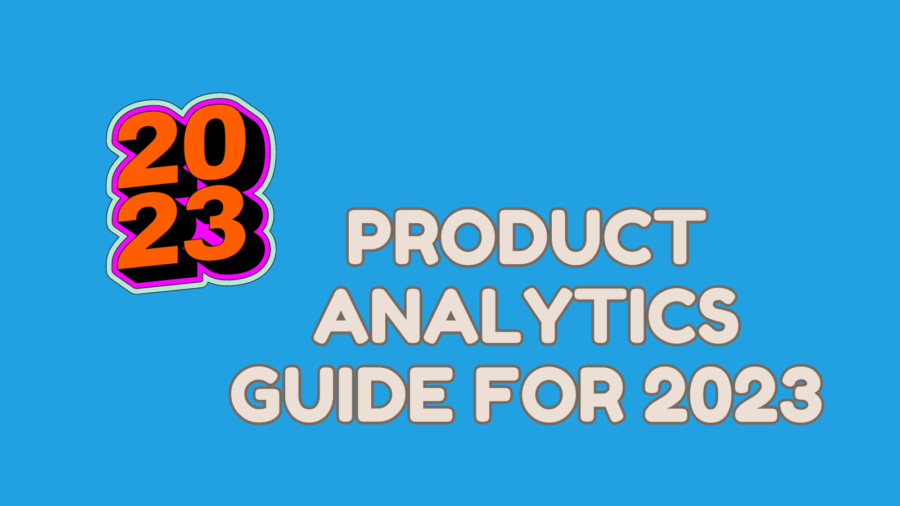Staying ahead of the competition is crucial for the success of any product or service. Product managers need to gather valuable insights into their competitors’ strategies, market positioning, and performance metrics to achieve this. This is where the Competitor Analysis Dashboard becomes an indispensable tool, offering a centralized hub for real-time data and actionable intelligence.
Competitor Analysis Dashboard
A Competitor Analysis Dashboard is a strategic tool that visually represents crucial data points related to your competitors. This includes market share, customer satisfaction, social media engagement, and other key performance indicators. By regularly monitoring and analyzing this information, product managers can make informed decisions to refine their strategies and gain a competitive edge.
Creating a Competitor Analysis Dashboard: Step-by-Step Guide
- Define Your Objectives:
Before diving into creating a Competitor Analysis Dashboard, it’s essential to define your objectives clearly. Are you interested in tracking market share, understanding customer sentiment, or monitoring product features? Identifying your goals will guide the selection of relevant metrics and data sources. - Select Key Metrics:
Choose the metrics that align with your objectives. These may include market share percentage, customer reviews and ratings, website traffic, social media followers, and more. Ensure that the selected metrics provide a comprehensive view of your competitors’ performance in the market. - Identify Data Sources:
Gather data from diverse sources to ensure the accuracy and reliability of your dashboard. This may involve utilizing tools like Google Analytics, social media analytics platforms, customer review websites, and industry reports. Integration with APIs can automate data retrieval and keep your dashboard up-to-date. - Choose a Dashboard Platform:
Select a dashboard creation platform that suits your preferences and technical expertise. Options like Tableau, Power BI, or even custom solutions using programming languages like Python or R can be considered. The chosen platform should allow for easy data visualization and customization. - Design the Dashboard Layout:
Craft a visually appealing and user-friendly layout for your Competitor Analysis Dashboard. Arrange the selected metrics logically, use color coding for easy interpretation, and incorporate charts, graphs, and tables to represent data effectively. Regularly update the design based on user feedback and evolving business needs. - Implement Automation:
Integrate automation tools to streamline the data collection process. Automation saves time and ensures that your Competitor Analysis Dashboard reflects real-time data. This could involve setting up scheduled data pulls, triggers for updates, or utilizing third-party services to automate data retrieval. - Include Comparative Analysis:
Enhance the effectiveness of your dashboard by incorporating features that enable comparative analysis. Side-by-side visualizations of your product’s performance against competitors can offer valuable insights. This could include trend lines, bar charts, or heatmaps, providing a holistic view of your market position.
Leveraging Competitor Insights for Strategic Decision-Making
Now that you’ve successfully created your Competitor Analysis Dashboard let’s explore how product managers can leverage these insights for strategic decision-making.
- Identify Market Trends:
Regularly monitoring competitors allows product managers to identify emerging market trends. By analyzing the adoption rates of new features or changes in customer preferences, product managers can proactively adjust their strategies to capitalize on these trends. - Benchmark Performance:
Use the dashboard to benchmark your product’s performance against competitors. Identify areas where your product excels and areas where improvements are needed. This comparative analysis can guide resource allocation and strategic focus. - Enhance Product Positioning:
Analyzing competitor positioning in the market helps product managers refine their product positioning. Product managers can adjust messaging to highlight unique selling points and differentiate their products by understanding how competitors communicate their value propositions. - Optimize Marketing Strategies:
Keep a close eye on competitors’ marketing initiatives and campaigns. Analyzing the success of their promotional activities, social media engagement, and content strategies can provide valuable insights for optimizing your marketing efforts. - Mitigate Risks and Exploit Opportunities:
Recognize potential threats and opportunities in the market landscape by closely monitoring competitor movements. Whether it’s a new product launch, pricing adjustments, or shifts in customer sentiment, being aware of these changes allows product managers to adapt their strategies accordingly.
Real-World Examples
Let’s explore a couple of real-world examples where Competitor Analysis Dashboards have played a pivotal role in shaping strategic decisions:
- Tech Industry Case Study:
In the highly competitive tech industry, a product manager utilizes a Competitor Analysis Dashboard to track key performance metrics such as website traffic, user engagement, and feature releases. By identifying a competitor’s rapid increase in customer acquisition, the product manager adjusted their marketing strategy, significantly boosting their user base. - E-commerce Sector Example:
An e-commerce company leveraged a Competitor Analysis Dashboard to monitor pricing strategies, customer reviews, and the competitors’ social media presence. This real-time data allowed them to optimize pricing, address customer pain points, and stay ahead by offering a more compelling value proposition.
Conclusion
In the ever-evolving business landscape, a Competitor Analysis Dashboard emerges as a powerful ally for product managers seeking to navigate the complexities of the market. Product managers can gain valuable insights, refine their strategies, and position their products for sustained success by following a systematic approach to create and leverage this strategic tool. Stay ahead of the competition – embrace the Competitor Analysis Dashboard and unlock a new realm of strategic possibilities.





